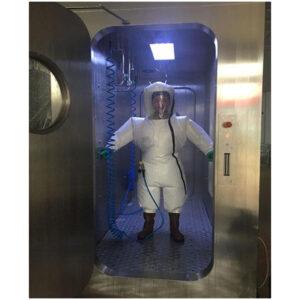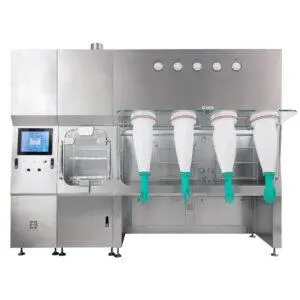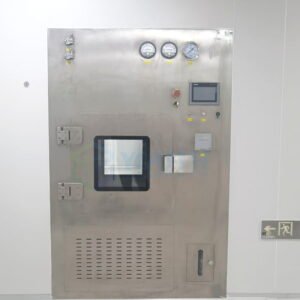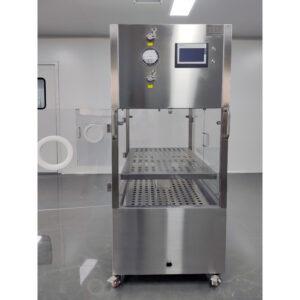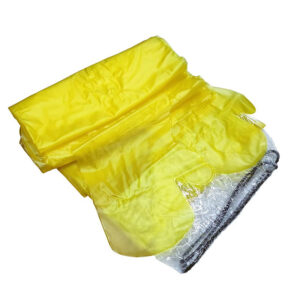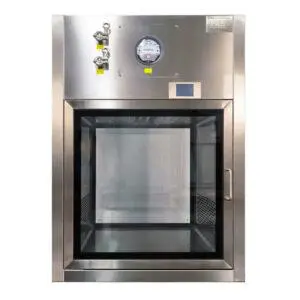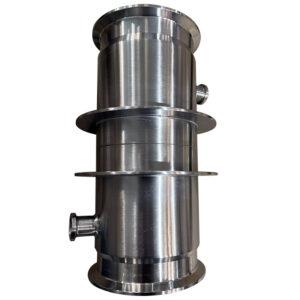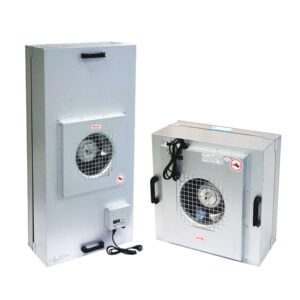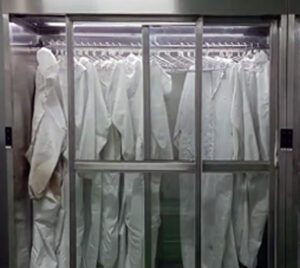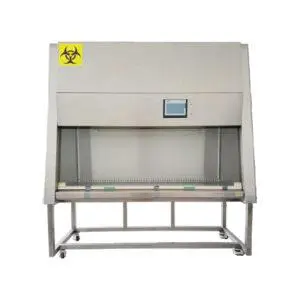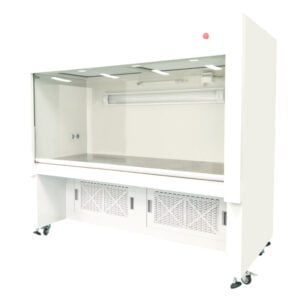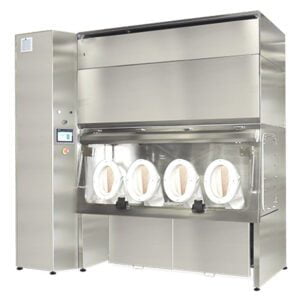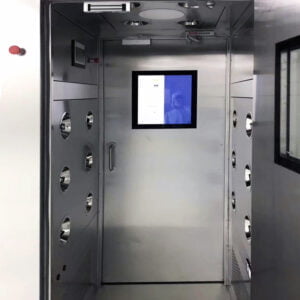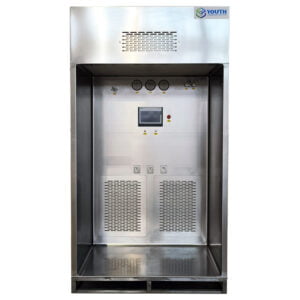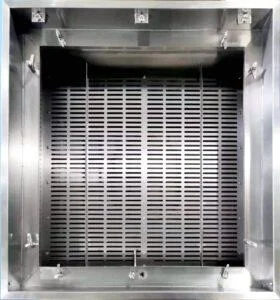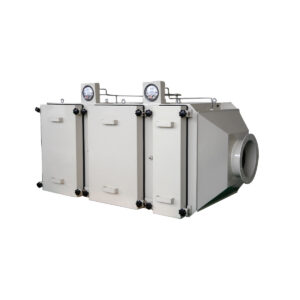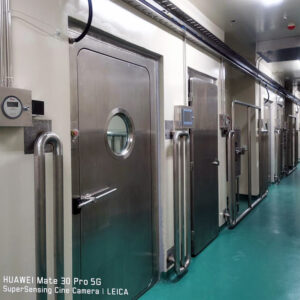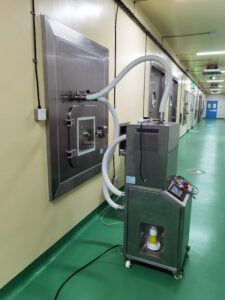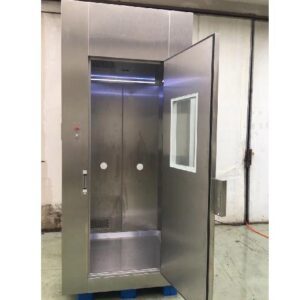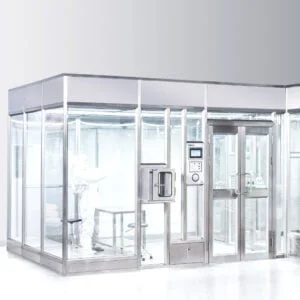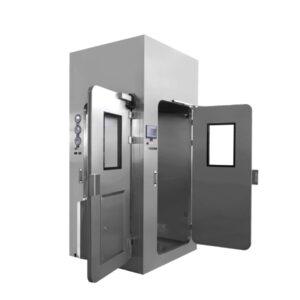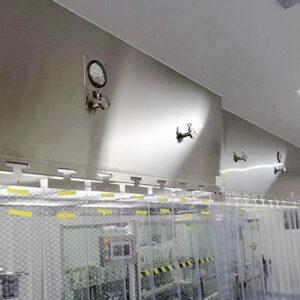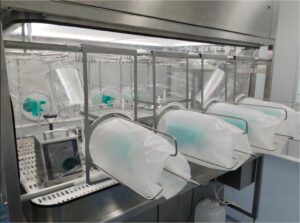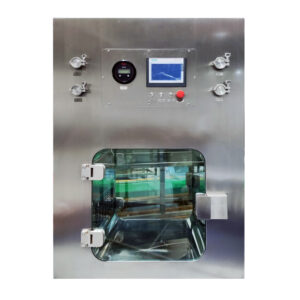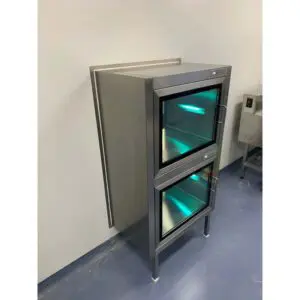In the fields of pharmaceuticals, biotechnology, and semiconductor manufacturing, ensuring a sterile and contamination-free environment is critical. Choosing between Isolation technology and Restricted Access Barrier Systems (RABS) can significantly impact the efficiency and safety of your processes. This guide will explore the key differences and considerations to help you make an informed decision. YOUTH, a leader in cleanroom and biosafety equipment, offers state-of-the-art solutions tailored to meet stringent industry requirements.
Understanding Isolation
Isolation involves creating a completely sealed environment to prevent any external particulates from entering the critical processing area. This high level of containment ensures the utmost sterility.
Key Components of Isolation:
- Complete Sealing: Ensures no contaminant ingress, maintaining a fully sterile environment.
- Advanced Air Filtration: Utilizes HEPA filters to maintain a contamination-free environment.
- Pressure Control: Can maintain positive or negative pressure depending on the application.
- Hands-On Manipulation: Achieved through integrated glove ports.
- Automated Systems: Often features systems for automated decontamination and sterilization.
Advantages of Isolation:
- Superior Contamination Control: Ideal for processes requiring the highest level of sterility, such as aseptic filling and sterility testing.
- Reduced Risk of Human Error: Limits direct operator interaction, reducing the risk of contamination.
Discover the advanced features of YOUTH’s Sterility Test Isolators for unmatched sterility.
Understanding RABS
Restricted Access Barrier Systems (RABS) are designed to create a controlled environment within cleanrooms, minimizing contamination risks while allowing some degree of operator interaction.
Key Components of RABS:
- Physical Barrier: Typically made of glass or acrylic panels, the barrier separates the critical processing area from the external environment.
- HEPA Filters: Ensure unidirectional airflow, maintaining a sterile environment.
- Glove Ports: Allow operators to handle products and equipment within the clean environment without breaching the sterile barrier.
- Interlock Doors: Prevent simultaneous opening, minimizing the risk of contamination during material transfers.
Explore YOUTH’s RABS solutions for superior contamination control.
Active vs. Passive RABS
Active RABS: Utilize dedicated HEPA filters within the RABS enclosure to maintain unidirectional airflow and positive pressure differentials.
Passive RABS: Rely on the cleanroom’s HVAC system to maintain air quality within the RABS.
Advantages of RABS
1. Enhanced Operational Flexibility:
- Allows for greater operator interaction, making it suitable for processes requiring manual interventions.
2. Cost-Effectiveness:
- Generally more cost-effective compared to fully enclosed isolators, offering a practical solution for facilities looking to upgrade their contamination control systems without significant financial investment.
3. Compliance with Regulatory Standards:
- Helps facilities meet strict regulatory requirements set by authorities such as the FDA and EMA, ensuring compliance with Good Manufacturing Practices (GMP).
4. Ease of Integration and Maintenance:
- Easier to integrate into existing cleanroom environments and maintain compared to isolators.
YOUTH’s FFU Units and Sterile Liquid Transfer Port complement our RABS systems, ensuring optimal contamination control and functional versatility.
Key Differences Between Isolation and RABS
1. Level of Contamination Control:
- Isolation: Offers superior contamination control due to the fully sealed environment.
- RABS: Provides significant contamination control with some operator interaction allowed.
2. Flexibility and Accessibility:
- Isolation: Limited operator interaction to maintain sterility.
- RABS: Allows for greater flexibility and more frequent operator interaction.
3. Cost and Installation:
- Isolation: Higher initial investment and maintenance costs due to the need for complete containment and advanced systems.
- RABS: More cost-effective and easier to install, making it a practical choice for many facilities.
Complementary Products by YOUTH
At YOUTH, we offer a comprehensive range of cleanroom and biosafety equipment to complement our Isolation and RABS solutions, ensuring optimal contamination control and operational efficiency. Some of our advanced products include:
- Mist Shower
- Modular Cleanrooms
- Biosafety Pass Box
- Biosafety Airtight Door
- CleanRoom Water Shower
- Mobile LAF Cart
Conclusion
Choosing the right technology between Isolation and RABS depends on the specific contamination control needs of your manufacturing process. Isolation provides the highest level of sterility for highly sensitive processes, while RABS offers greater operational flexibility and cost-effectiveness.
At YOUTH, we are dedicated to advancing the standards of cleanroom technology through innovation and quality. Our advanced Isolation and RABS solutions ensure the highest levels of contamination control and operational efficiency, tailored to meet the stringent requirements of pharmaceutical, biotechnology, and semiconductor industries.
For more information about how YOUTH’s Isolation and RABS solutions can benefit your operations, visit YOUTH Filter. Optimize your cleanroom environments with our state-of-the-art technologies, ensuring the highest standards of safety and efficiency in your industry.
Related Contents:
- C-RABS & O-RABS: Why & How?
- What is the Difference Between Active and Passive RABS Systems?
- What is the Main Advantage of Using Either RABS or a Barrier Isolator?
- What is the Difference Between Barrier and Isolator?
- RABS vs. Isolator – Choosing the Right Isolation Technology for Your Project
- What Does the Acronym RABS, oRABS Stand For?
- What is the Function of RABS?
- Pros and Cons of Implementing oRABS or RABS Systems in Medical and Pharmaceutical Manufacturing
- What Does RABS Stand for in Pharma?


